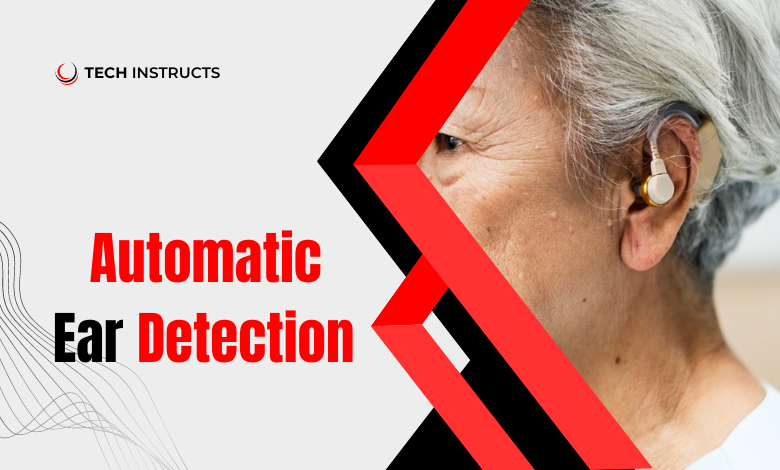
In today’s rapidly evolving world of healthcare technology, automatic ear detection has emerged as a game-changer, revolutionizing the way we identify and address ear-related issues. This comprehensive guide explores the intricacies of automatic ear detection, delving into its significance, functionalities, and real-world applications. Join us on this enlightening journey through the realm of auditory health innovation.
Understanding Automatic Ear Detection
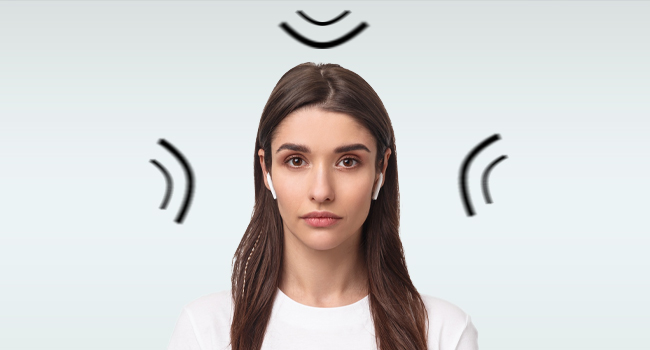
Automatic ear detection, also known as automated otoscopy, refers to the process of utilizing advanced algorithms and machine learning techniques to analyze ear images or audio signals automatically. By leveraging cutting-edge technology, healthcare professionals can swiftly and accurately detect various ear conditions, ranging from infections to structural abnormalities, without the need for manual intervention.
The Role of AI in Ear Health
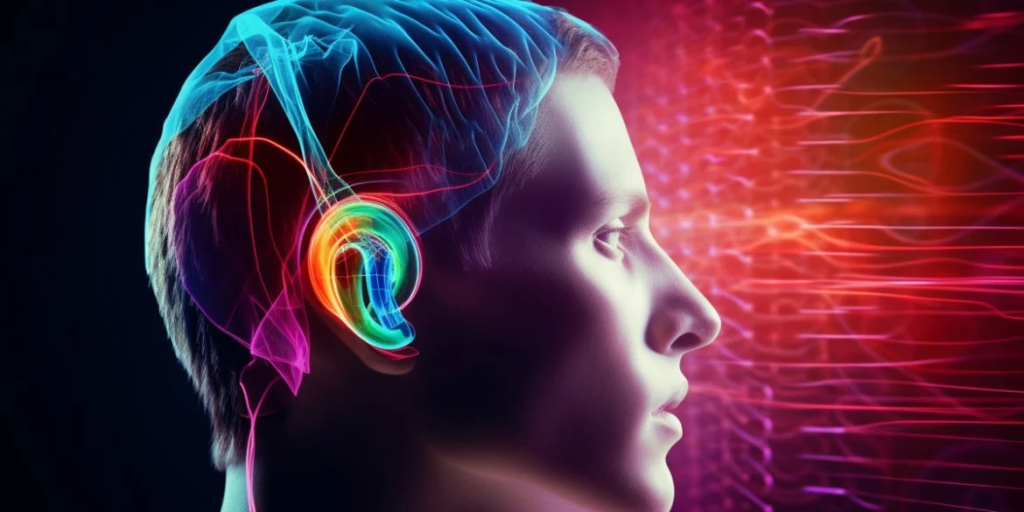
Artificial Intelligence (AI) plays a pivotal role in automatic ear detection systems, enabling rapid and precise analysis of ear-related data. These AI-powered algorithms can sift through vast amounts of information, identifying patterns and anomalies with unparalleled efficiency. As a result, healthcare providers can offer timely interventions and personalized treatment plans, enhancing patient outcomes significantly.
RECOMMENDED POST : LG Stylo 2 Screen Replacement
Benefits of Automatic Ear Detection
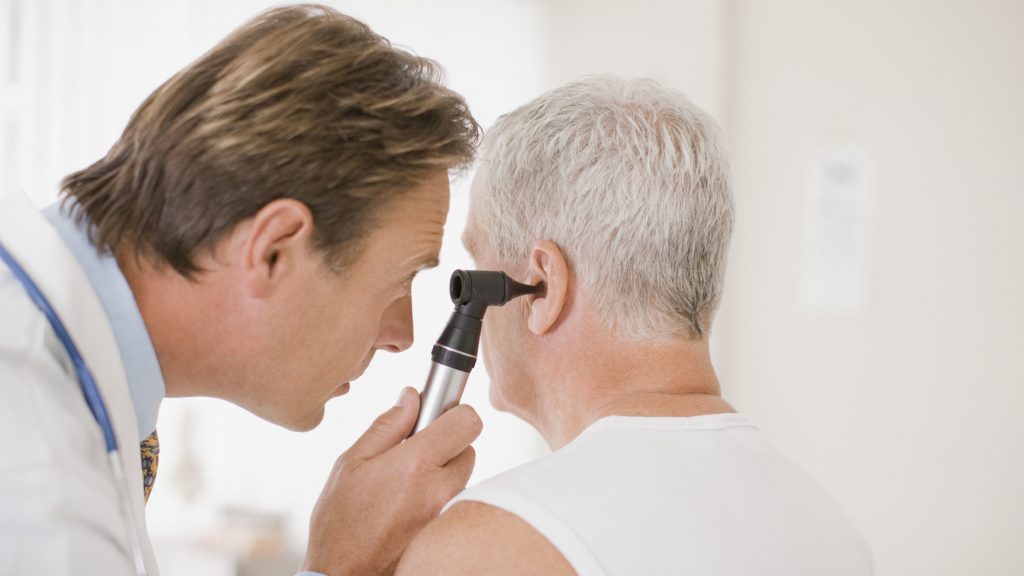
The integration of automatic ear detection into clinical practice offers a myriad of benefits, revolutionizing the diagnosis and management of ear disorders.
Swift Diagnosis
One of the primary advantages of automatic ear detection is its ability to provide swift and accurate diagnoses. By automating the screening process, healthcare professionals can promptly identify potential issues, allowing for timely interventions and improved patient care.
Enhanced Accessibility
Automatic ear detection technology enhances accessibility to ear healthcare services, particularly in underserved communities. Through telemedicine platforms and mobile applications, individuals can conveniently undergo ear screenings and receive expert guidance, irrespective of their geographical location.
Precision Medicine
By leveraging AI algorithms, automatic ear detection facilitates precision medicine approaches tailored to individual patient needs. Healthcare providers can utilize comprehensive patient data to develop personalized treatment plans, optimizing therapeutic outcomes and minimizing adverse effects.
Real-World Applications
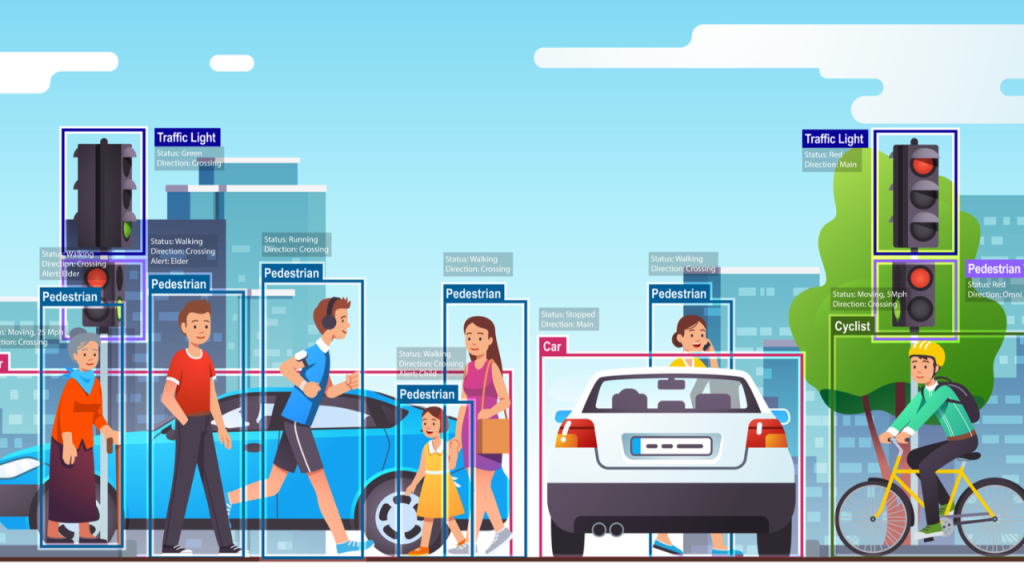
Automatic ear detection holds immense promise across various healthcare domains, fostering innovation and efficiency in the diagnosis and management of ear-related conditions.
Pediatric Care
In pediatric healthcare, automatic ear detection systems offer a non-invasive and child-friendly approach to assessing ear health. By automating the screening process, healthcare providers can minimize discomfort and anxiety in young patients, ensuring accurate diagnoses and timely interventions.
Geriatric Health
In the geriatric population, automatic ear detection plays a crucial role in early detection and management of age-related hearing loss and other auditory disorders. Through regular screenings and proactive interventions, seniors can maintain optimal ear health and overall well-being.
Challenges and Considerations

Despite its remarkable potential, automatic ear detection is not without its challenges and considerations.
Accuracy and Reliability
Ensuring the accuracy and reliability of automatic ear detection algorithms remains a paramount concern. Healthcare providers must continually validate and refine these systems to minimize errors and enhance diagnostic precision.
Ethical and Privacy Implications
The widespread adoption of automatic ear detection raises important ethical and privacy considerations. Healthcare organizations must prioritize patient confidentiality and data security, implementing robust safeguards to protect sensitive information.
Automatic Ear Detection Addressing Common Concerns
As automatic ear detection gains momentum, it’s natural for individuals to have questions and concerns. Let’s address some of the most frequently asked questions about this innovative technology.
SUGGESTED POST : iPhone 14 Won’t Turn On
Conclusion
In conclusion, automatic ear detection represents a paradigm shift in the field of auditory healthcare, offering unparalleled speed, accuracy, and accessibility. As technology continues to advance, the potential for automatic ear detection to improve patient outcomes and transform healthcare delivery is limitless. Embracing this innovative approach paves the way for a future where ear health is prioritized and accessible to all.
FAQs About Automatic Ear Detection
How does automatic ear detection work?
Automatic ear detection utilizes advanced algorithms to analyze ear images or data and identify potential abnormalities or conditions.
Is automatic ear detection accurate?
Yes, automatic ear detection systems have shown high levels of accuracy in detecting various ear-related conditions, rivaling or surpassing manual examination by healthcare professionals.
Can automatic ear detection replace traditional ear examinations?
While automatic ear detection complements traditional methods, it is not intended to replace them entirely. Rather, it serves as a valuable tool for enhancing diagnostic capabilities and improving patient care.
Are automatic ear detection systems user-friendly?
Many automatic ear detection systems are designed to be user-friendly, with intuitive interfaces and seamless integration into existing healthcare workflows.
What are the potential drawbacks of automatic ear detection?
Some potential drawbacks include technical limitations, reliance on data accuracy, and the need for ongoing validation and optimization to ensure reliable performance.
How can I incorporate automatic ear detection into my practice or healthcare facility?
To incorporate automatic ear detection into your practice or facility, consider partnering with technology vendors, investing in training and education for staff, and evaluating the system’s compatibility with existing infrastructure.






